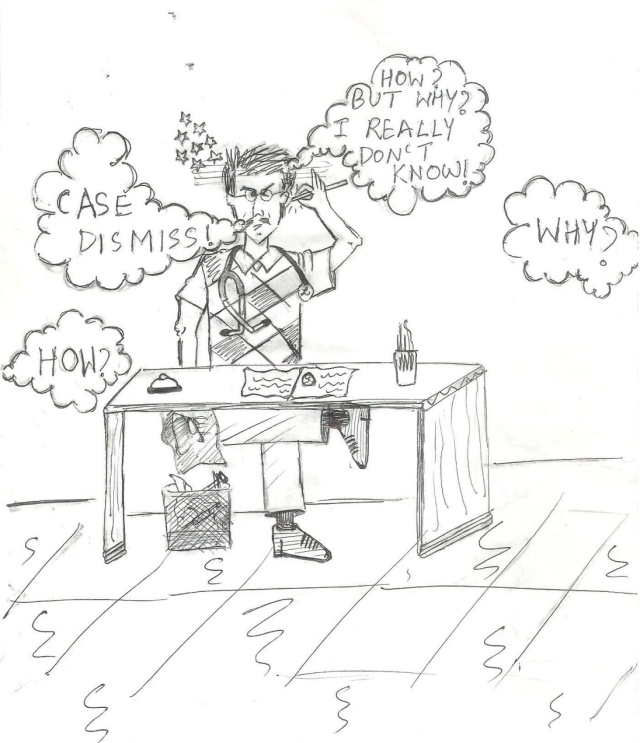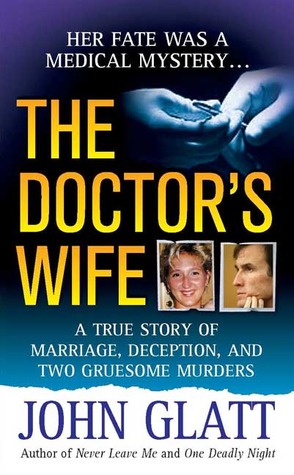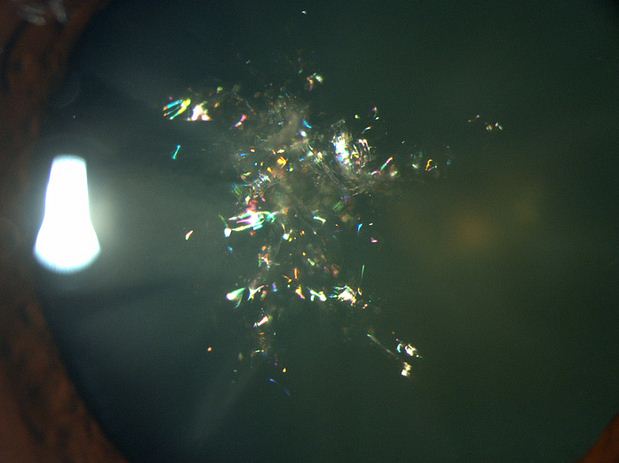Family gatherings are kind of rebarbative in themselves.
They are even more incommodious for the yet-to-be-docs. (For me it involves measuring BP of at least 10 various aged relatives and making each of them individually understand the ‘normal’ BP).
But, they are totally horrifying if you have a hypochondriac relative who has unlimited internet access.
The festive season calls for gatherings and the last one was irksome enough to get me up in front of my computer and write about it. So coming up is a painful comedy circus.
Though I have (quite eventfully) swam across the first year at med-school and have been officially relieved from the clutches of Anatomy, yet, the first question with which my happy-faced relatives welcome me is, “ kire, kota mora katli?”[Hey, how many cadavers did you slaughter?]! Even before I start explaining to them that my cadaver-mutilating days are over, the topic of discussion takes a sharp turn. Now they are bothered about whether I want to become a Pediatrician like my elder sister or ‘something else’. I immediately get an outburst of random irrefutable points showing why, how and where I should pursue a particular specialization! As far as I could make out from the chaos, an ‘MS in Heart’ sounded like the best option available.
However, all this was just the beginning. As soon as I had made myself a bit comfortable and was about to grab a bite, one of my relatives, whose identity I will respectfully keep hidden behind the ever-so-useful alphabet X, kick started. X takes 8 drugs a day, around one for each system, topped with a few vitamins and amino acid supplements. Not only that, he loves prescribing drugs to every innocent man, willing to believe in him.
I heard him explaining to someone about a new compound, ‘beta-lactam (!)’ that is being added to every new antibiotic, nowadays, to replenish the 500 types of microbes residing in our stomach and hence these antibiotics are totally ‘side-effect’-free! He went on aptly advising people on how to get rid of their insistent problems of ‘gas’, indefatigable pains and the season-change-febricities with various combinations of allopathic, homeopathic and ‘biochemic’ drugs completed with dietary suggestions.

I could do nothing more than giving baffled expressions throughout the process because all my attempts to interrupt were interrupted by scowls and frowns from the ardent listeners. The final blow came when I was unanimously suggested to keep quiet and follow his words because they might teach me a bit more than I am taught at the college.
I have been to the OPD and seen how most of the patients do not seem to like the method of the treatment they are offered and how reluctantly they accept the regimen of drugs that are suggested (I know there are some nice co-operative patients, but the majority looks at the prescription with a somewhat screwed up face). So, I was taken aback to see the ease with which these people accepted all his suggestions!
For yet another time, the functioning of human brain seemed thoroughly out of the bounds of my understanding. Though that isn’t much of a problem but, in the recent pharmacology classes, it has become too hard to concentrate on the long lists of drugs with their specific mechanisms of action as my mind simply drifts off to imagine how much easier it would be to treat people with concoctions made of leaves and roots.
I guess I will start up on the ‘A for Alchemy’ campaign as soon as possible, as the ‘elixir of life’ as well as ‘panacea’ doesn’t seem much out of our reach.
White Coat Wizardry is our weekly series by guest blogger Chandrima Naskar who happens to be a bumbling medical student in love with Harry Potter and cats and who seemingly loves aprons?!!? and a red backpack?!!





 Herbs and medicines: the pharmacology of Mandrakes
Herbs and medicines: the pharmacology of Mandrakes

